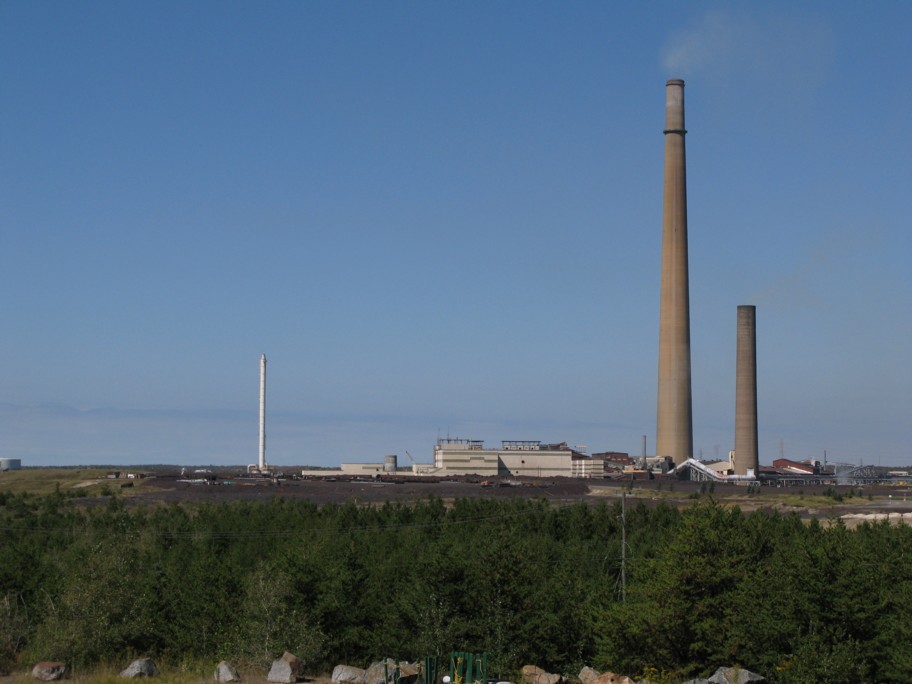Many years ago, I learned an important lesson about the world of tourism while traveling on a VIA Rail passenger train.
As a first-class passenger, I enjoyed sitting in the Dome Car where I could get a full view of the country side. At one point, I zoned out, and a person was trying to get my attention. Pointing outside, he gestured at the very tall smoke stack at Sudbury. It was the Inco Superstack, at the time the world’s largest free-standing smokestack. He spoke eloquently about the structure, as people admired the structure from the train.
I grew up about an hour and a half drive away from Sudbury, in Spanish, Ontario. I had passed by this structure many times, and it had become just part of the landscape. I laughed to myself at those admiring it, but then realized the joke was on me. This structure was, in fact, a marvel. The problem was I had taken it for granted.
We all take our surroundings for granted. That day, I learned a lesson: What is normal to some people is out-of-the ordinary for others.
Like those people admiring the world-famous smokestack in Sudbury, we all need to get into the minds of others. To them, new sights are a welcome relief from their known surroundings, ones that they take for granted.
European visitors to North America are used to small countries with few wild forests. They are often amazed by Canada’s size and her natural beauty. But, we Canadians take it for granted that Canada is the second largest country in the world with miles of natural beauty. Islanders (as P.E.I.) know that Anne of Green Gables is a worldwide draw even if the story is common knowledge to them.
Like P.E.I., Indigenous peoples must realize that they can develop their own economies by appealing to others. A study by Destination Canada and the Aboriginal Tourism Association of Canada (ATAC), showed that there is a growing interest among visitors from both Europe and the United States in authentic Indigenous experiences. The authors of this report claim that Aboriginal tourism has grown from an $890 million industry in 2002 to about $1.5 billion today. If some First Nations want to limit their dependence on oil and gas and perhaps mining, this is an important for them do it.
First Nations all over Canada engage in cultural and spiritual activities that are commonplace to them, but intensely unique and interesting to tourists. Many Indigenous communities are in remote regions. In Manitoba, for example, several First Nations on the east side of Lake Winnipeg have an interest in obtaining United Nations Educational, Scientific and Cultural Organization (UNESCO) World Heritage site designation for the rich boreal forests located around their communities.
Spotted Lake near Osoyoos, British Columbia, is another example. A body of water that is held sacred by the Okanagan people is known for its high concentration of minerals and brightly coloured pools of water. To the Okanagan, the protected heritage lake has healing properties. There is a roadside sign alerting travelers to the site, and some tourists stop to look. But, the site isn’t developed and it could be.
Indigenous peoples can begin to develop cultural and ecological tourism projects. The sun dances, potlatches, and pow wows can draw tourists to their communities. First Nations are very interesting to many tourists, especially those from Europe. Even though these cultural events may be sacred to Indigenous people, there is no contradiction in using them to draw in paid tourism.
The spiritual ceremonies would, in all probability, be fascinating to tourists. Indigenous communities could provide opportunities for tourists to open their minds in very gentle ways.
Who would imagine tourists would marvel over something as common place as the Sudbury Superstack?
First Nations should take an inventory of their cultural, spiritual, and ecological assets and engage in an honest policy development on how those assets could appeal to tourists.
Like me looking at the Sudbury smokestack, Indigenous people need to get into the minds of others, see the world from their perspective. Perhaps independence will come from such an outlook.



